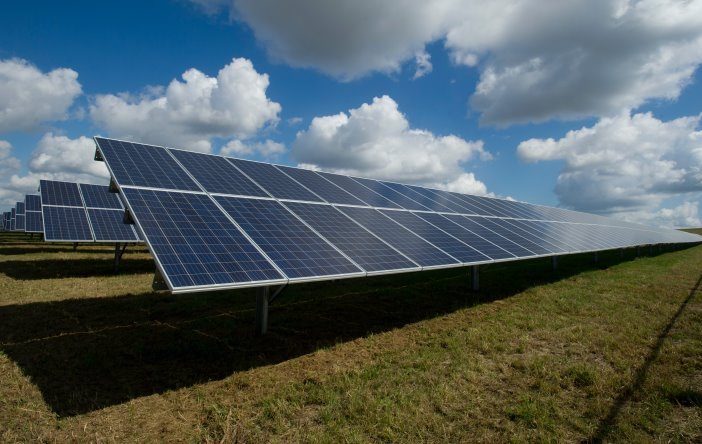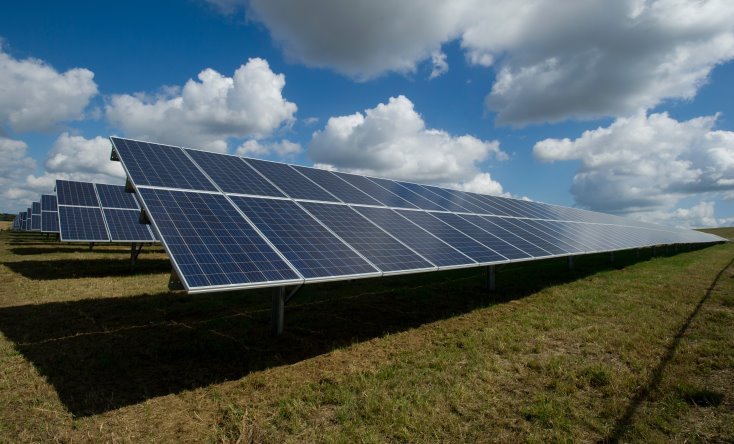
Plans to build a 1.8MW community solar farm in the NSW Southern Tablelands town of Goulburn have taken a major step forward – including the potential addition of battery storage – after securing a contract with a developer.
Not-for-profit group Community Energy 4 Goulburn (CE4G) said this week that it had formed a partnership with local outfit Komo Energy for development services of its proposed community-owned solar farm.
Komo Energy – which was co-founded by occasional RenewEconomy contributor Jonathan Prendergast – said the deal would see it finalise property, planning and procurement of EPC services for the solar farm, and ready it for community investment.
It said the project had now also applied for grant funding, which would see battery storage added to the site to provide grid services and tap into higher wholesale electricity prices in mornings and evenings.
In a statement on its website, Komo said it had contacted CE4G when it saw that the Goulburn project had been put on hold due to energy policy uncertainty.
“Subsequent investigations on the project by Komo found an opportunity to restructure the project and bring it to realisation,” it said.
“This project aligns perfectly with Komo Energy’s mission, to provide development services to advance distributed energy.”
CE4G – which recently secured economist and former LNP Federal leader Dr John Hewson as chair of the co-op board that will manage the solar farm – said the partnership with Komo was a big win.
“It was crucial we formed a partnership with a developer to build it for us. They’ve taken a weight off our shoulders,” CE4G president Ed Suttle said in comments to RiotACT.
“Komo Energy has substantial expertise in the sector. Our next step is to form a co-op to manage the farm and invite people to become members.”
Suttle also noted that the solar farm, which stands to be the biggest in Australia, would go ahead regardless of the outcome of the grant application – and with or without battery storage.
“We hope to be operational by the middle of next year,” he said.
In the meantime, Komo Energy is working on sourcing contractors, equipment, and design work ahead of construction at the Bridge Street site, while CE4G works on the community investment part of the equation.
In comments last year, Suttle said the a minimum of 51 per cent of the farm must be owned by the community, and noted CE4G had already counted around 120 interested investors.
The project will generate enough power for between 400-500 homes.
“A single share of around $400-$500 will buy a solar panel which will be connected to our battery and the grid, and the investor gets a dividend,” Suttle said.
“The aim of the project has always been to produce renewable energy in the region and to offer local people the opportunity to invest in the project,” Suttle added in comments this week.
“This keeps the profits within the community, rather than sending money to big companies who have little connection with this region.”
A prospectus is expected to go out to the community in 2020.

Sophie is editor of One Step Off The Grid and deputy editor of its sister site, Renew Economy. Sophie has been writing about clean energy for more than a decade.




